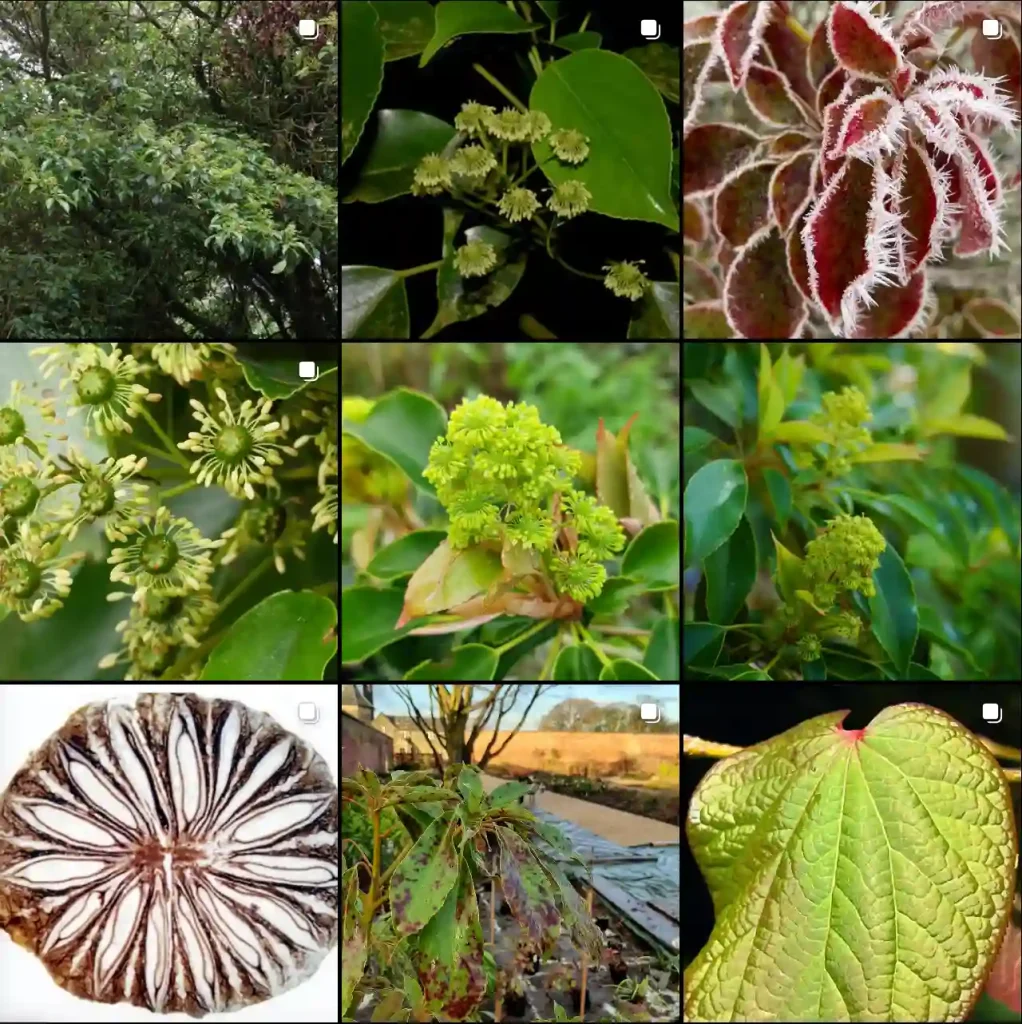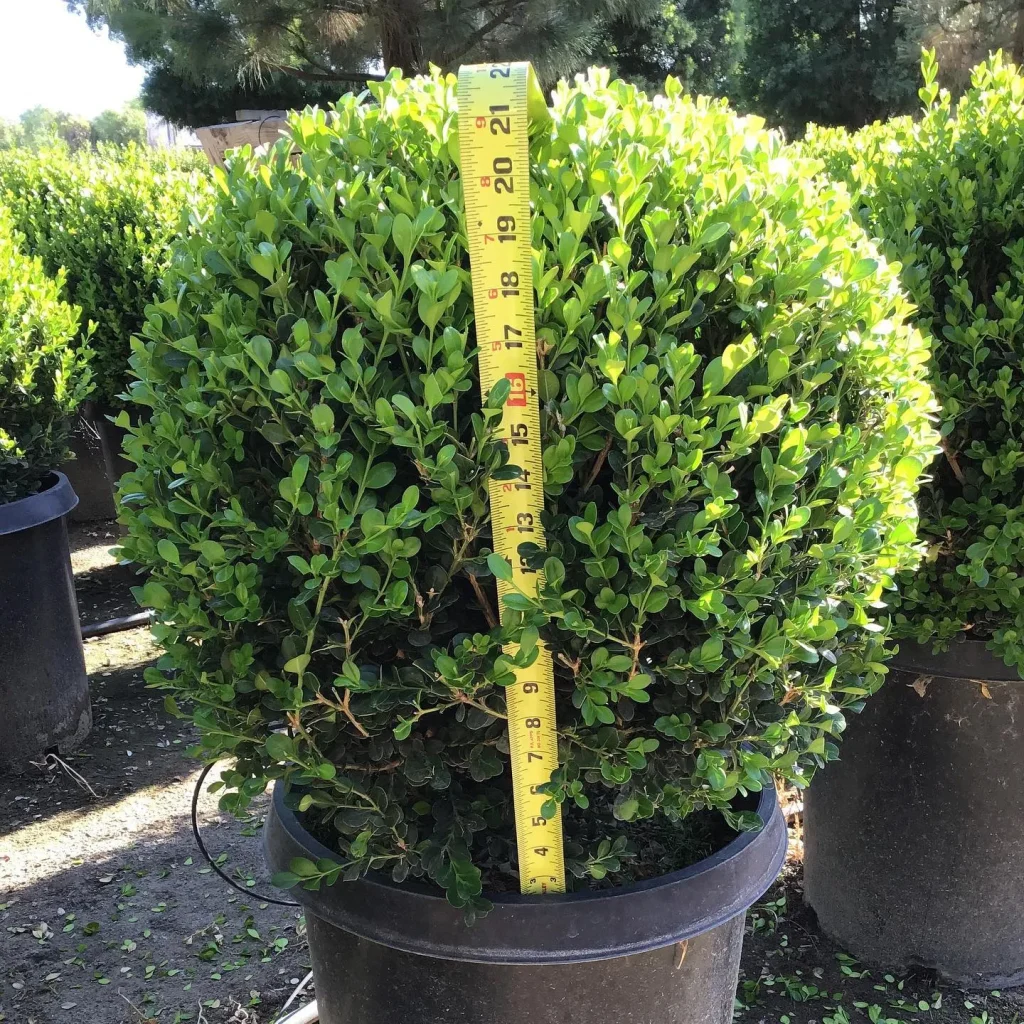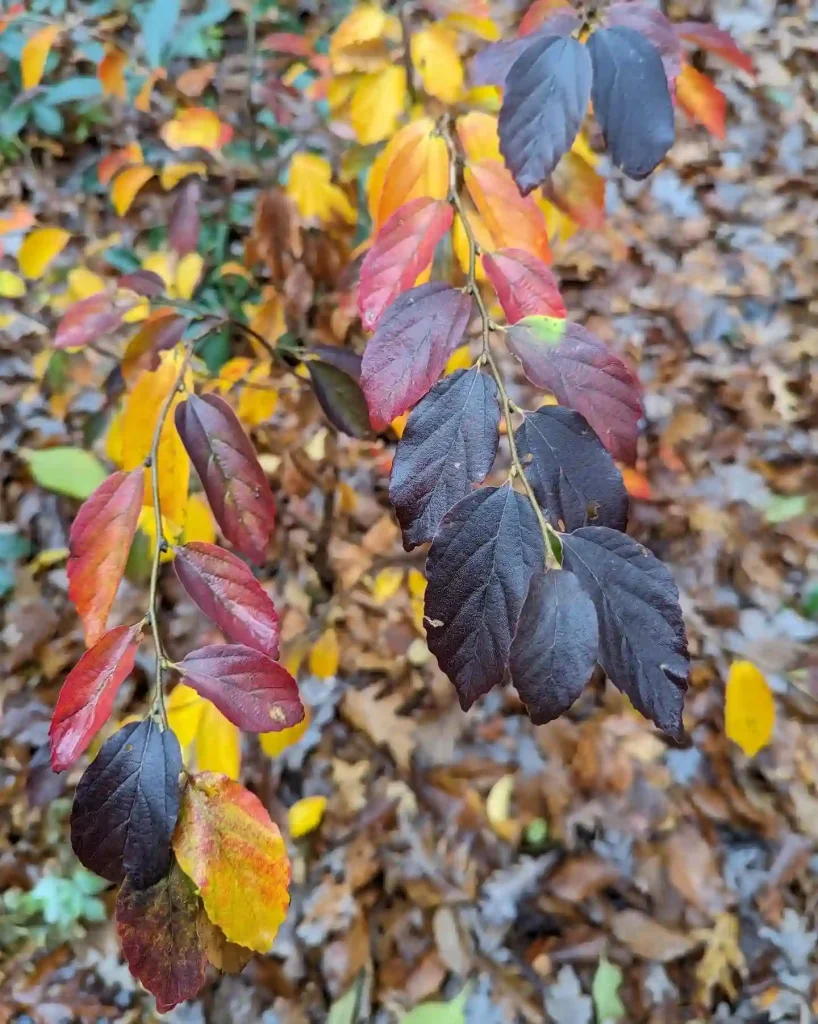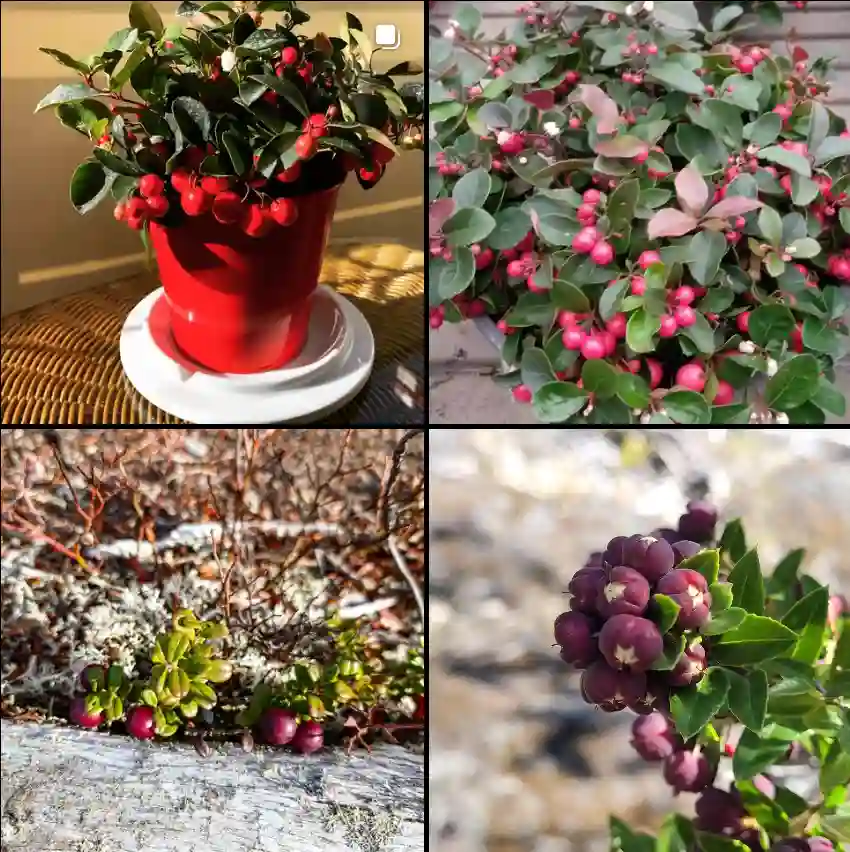Discovering the Gesneriaceae Family: A Journey into the World of Gesneriads
As a plant enthusiast, I often find myself captivated by the diversity of the plant kingdom. One family that has consistently piqued my interest is the Gesneriaceae, commonly known as the gesneriads. This family includes a variety of genera, each with its unique characteristics, growth habits, and appeal. Let me take you on a journey through this fascinating family and share some insights from my experiences with these remarkable plants.
The Fascinating World of Gesneriaceae
The Gesneriaceae family consists of approximately 152 genera and over 3,000 species. Native primarily to tropical and subtropical regions, these plants exhibit a wide range of forms, from tiny ground covers to large epiphytic species. Their vibrant flowers and lush foliage make them popular choices for indoor gardening, and I’ve found them to be excellent additions to my collection.
Among the most well-known genera within this family are Saintpaulia, Gloxinia, and Sinningia. Each of these genera brings its unique charm to the table. For example, the African violet (Saintpaulia) has become a staple in many households, known for its ability to bloom continuously under proper care. I remember my first African violet; its purple blooms brightened up my living room and sparked my love for gesneriads.
The Genera List
- Achimenes P.Browne – 24 Species in Genus Achimenes
- Aeschynanthus Jack
- Agalmyla Blume
- Allocheilos W.T.Wang
- Alloplectus Mart.
- Allostigma W.T.Wang
- Alsobia Hanst.
- Amalophyllon Brandegee
- Anetanthus Hiern ex Benth. & Hook.f.
- Anna Pellegr.
- Asteranthera Hanst.
- Beccarinda Kuntze
- Bellonia L.
- Besleria Plum. ex L.
- Billolivia D.J.Middleton
- Boea Comm. ex Lam.
- Boeica C.B.Clarke
- Bopopia Munzinger & J.R.Morel
- Bournea Oliv.
- Briggsiopsis K.Y.Pan
- Cathayanthe Chun
- Centrosolenia Benth.
- Championia Gardner
- Chautemsia A.O.Araujo & V.C.Souza
- Chayamaritia D.J.Middleton & Mich.Möller
- Christopheria J.F.Sm. & J.L.Clark
- Chrysothemis Decne.
- Codonanthe (Mart.) Hanst.
- Codonanthopsis Mansf.
- Codonoboea Ridl.
- Columnea Plum. ex L. – 216 Species in Genus Columnea
- Conandron Siebold & Zucc.
- Corallodiscus Batalin
- Coronanthera Vieill. ex C.B.Clarke
- Corytoplectus Oerst.
- Crantzia Scop.
- Cremersia Feuillet & L.E.Skog
- Cremosperma Benth.
- Cremospermopsis L.E.Skog & L.P.Kvist
- Cubitanthus Barringer
- Cyrtandra J.R.Forst. & G.Forst.
- Damrongia Kerr ex Craib
- Depanthus S.Moore
- Diastema Benth.
- Didissandra C.B.Clarke
- Didymocarpus Wall.
- Didymostigma W.T.Wang
- Dorcoceras Bunge
- Drymonia Mart.
- Emarhendia Kiew, A.Weber & B.L.Burtt
- Episcia Mart. – 9 Species in Genus Episcia
- Epithema Blume
- Eucodonia Hanst.
- Fieldia A.Cunn.
- Gasteranthus Benth.
- Gesneria Plum. ex L.
- Glabrella Mich.Möller & W.H.Chen
- Glossoloma Hanst.
- Gloxinella (H.E.Moore) Roalson & Boggan
- Gloxinia L’Hér. – 5 Species in Genus Gloxinia
- Gloxiniopsis Roalson & Boggan
- Goyazia Taub.
- × Goydirola A.O.Araujo & M.Peixoto
- Gyrocheilos W.T.Wang
- Gyrogyne W.T.Wang
- Haberlea Friv.
- Hemiboea C.B.Clarke
- Henckelia Spreng.
- Heppiella Regel
- Hexatheca C.B.Clarke
- Jerdonia Wight
- Kaisupeea B.L.Burtt
- Kohleria Regel
- Lampadaria Feuillet & L.E.Skog
- Langbiangia Luu, C.L.Hsieh & K.F.Chung
- Lembocarpus Leeuwenb.
- Lenbrassia G.W.Gillett
- Leptoboea Benth.
- Lesia J.L.Clark & J.F.Sm.
- Liebigia Endl.
- Litostigma Y.G.Wei, F.Wen & Mich.Möller
- Loxocarpus R.Br.
- Loxonia Jack
- Loxostigma C.B.Clarke
- Lysionotus D.Don
- Mandirola Decne.
- Metapetrocosmea W.T.Wang
- Michaelmoelleria F.Wen, Y.G.Wei & T.V.Do
- Microchirita (C.B.Clarke) Yin Z.Wang
- Middletonia C.Puglisi
- Mitraria Cav.
- Monophyllaea R.Br.
- Monopyle Moritz ex Benth. & Hook.f.
- Moussonia Regel
- Napeanthus Gardner
- Nautilocalyx Linden ex Hanst.
- Negria F.Muell.
- Nematanthus Schrad. – 32 Species in Genus Nematanthus
- Neomortonia Wiehler
- Niphaea Lindl.
- Nomopyle Roalson & Boggan
- Orchadocarpa Ridl.
- Oreocharis Benth.
- Ornithoboea C.S.P.Parish ex C.B.Clarke
- Pachycaulos J.L.Clark & J.F.Sm.
- Pagothyra (Leeuwenb.) J.F.Sm. & J.L.Clark
- Paliavana Vell. ex Vand.
- Paraboea (C.B.Clarke) Ridl.
- Paradrymonia Hanst.
- Pearcea Regel
- Peltanthera Benth.
- Petrocodon Hance
- Petrocosmea Oliv.
- Pheidonocarpa L.E.Skog
- Phinaea Benth.
- Platystemma Wall.
- Primulina Hance – 232 Species in Genus Primulina
- Pseudochirita W.T.Wang
- Rachunia D.J.Middleton & C.Puglisi
- Ramonda Rich. – 4 Species in Genus Ramonda
- Raphiocarpus Chun
- Reldia Wiehler
- Resia H.E.Moore
- Rhabdothamnopsis Hemsl.
- Rhabdothamnus A.Cunn.
- Rhoogeton Leeuwenb.
- Rhynchoglossum Blume
- Rhynchotechum Blume
- Rhytidophyllum Mart.
- Ridleyandra A.Weber & B.L.Burtt
- Rufodorsia Wiehler
- Sanango G.S.Bunting & J.A.Duke
- Sarmienta Ruiz & Pav.
- Seemannia Regel
- Senyumia Kiew, A.Weber & B.L.Burtt
- Sepikea Schltr.
- Shuaria D.A.Neill & J.L.Clark
- Sinningia Nees – 81 Species in Genus Sinningia
- Smithiantha Kuntze
- Solenophora Benth.
- Somrania D.J.Middleton
- Spelaeanthus Kiew, A.Weber & B.L.Burtt
- Sphaerorrhiza Roalson & Boggan
- Stauranthera Benth.
- Streptocarpus Lindl. – 184 Species in Genus Streptocarpus
- Tetraphylloides Doweld
- Titanotrichum Soler.
- Tribounia D.J.Middleton
- Trichodrymonia Oerst.
- Tylopsacas Leeuwenb.
- Vanhouttea Lem.
- Whytockia W.W.Sm.
The Joy of Cultivation
One of the most fulfilling aspects of being a gesneriad enthusiast is the cultivation process. Growing these plants requires patience, but the rewards are well worth it. From selecting the right soil mix to ensuring proper light and humidity, I’ve learned that each gesneriad has its specific needs.
I often find myself experimenting with different propagation techniques. Leaf cuttings, offsets, and seed propagation are methods I’ve explored with varying degrees of success. My experiences have taught me that patience is essential; some plants take longer to root than others, but the anticipation of new growth is always exciting.
Caring for Gesneriaceae
Caring for gesneriads can be an enjoyable yet challenging endeavor. These plants generally prefer warm, humid environments, which is why I’ve set up a small humidity dome for my collection. I also keep an eye on pests, as common houseplant pests can affect these plants. Regularly inspecting my plants has helped me catch any issues early on, ensuring my gesneriads remain healthy.
Fertilizing is another crucial aspect of care. I’ve found that using a balanced, water-soluble fertilizer during the growing season encourages vigorous growth and abundant blooms. This simple step has made a noticeable difference in the vitality of my plants.
Conclusion
The Gesneriaceae family has opened up a world of beauty and diversity for me as a plant lover. Through my experiences with genera like Saintpaulia, Gloxinia, and Sinningia, I’ve developed a deep appreciation for these remarkable plants. Whether you’re a seasoned gardener or a beginner, exploring the world of gesneriads can be an incredibly rewarding journey. I encourage you to consider adding these captivating plants to your collection and experience the joy they can bring to your home.
If i die, water my plants!



